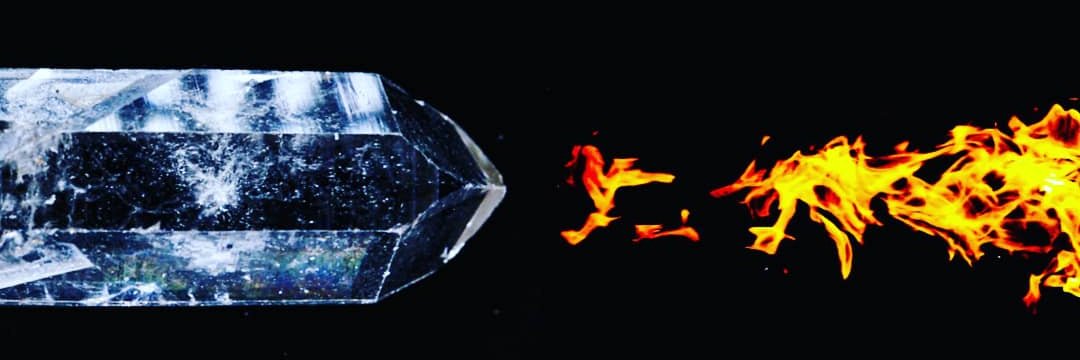
The latest edition of Geologi-magazine of the Geological Society of Finland (SGS) features an article I have been basically writing on and off for the past ten years. The paper is not really a scientific contribution but reflects on the many ideas and personal inspirations I have experienced while reading the works of the Italian author Italo Calvino throughout the last decade.
Originally I found Calvino through his Cosmicomics short stories and was fascinated by the way he digested and presented scientific theories and ideas in his unparalleled style and had found innovative ways to write about the complexities of the natural world. I quickly noticed there were plenty of geological and especially mineralogical parallels in many of his works and remember being completely paralyzed by his depictions of time and temporal experience in general.
Most of Calvino's ideas on time I have later found embedded for example in the works of Hannah Arendt (Vita Activa especially), Max Frisch (Homo Faber), and many many others. However, Calvino was always the first, and I still annually return to his "Six Memos for the Next Millennium" to refresh my points of view.
After getting more and more familiar with his works throughout the years, I started seeing this overarching theme that finally about a year ago coalesced into a concrete framework and found its home in the recent work on thermodynamic modeling of igneous systems that we have been developing in our research group. It became clear to me that Calvino's entire production could be portrayed in terms parallel to thermodynamic systems and many of the minutiae and details actually followed very similar logic to the principles of modeling thermodynamic equilibria.
The ideas of juxtaposed crystal and flame depicted in Calvino's "Six Memos" became the leading principles of my interpretation of his work already early on, but only now they found their true meaning and everything kinda fell into place.
At the beginning of the year, I started working on the essay by rewriting some earlier passages and compiled notes from old notebooks etc. Over the winter lecture break in March I re-read the entire translated works of Calvino in order to clarify the image I had put together in my head and finished polishing the essay in May. There had been many earlier attempts at getting everything into context but this thing couldn't had been written at any other time than right now.
Seeing the article in print meant more to me than I dared to admit earlier on, but I am really happy with the way that it turned out. I'm glad that now I'm able to share these ideas also with everyone else. I think I won't touch much of his other work in a while, but I will still try to read the "Six Memos" every year. Every time it seems to have something more to offer...
You can read the entire article here (only in Finnish for now, except for the short summary, sorry) and if you have something to share about it, please drop a line. Several readers of the print edition have already contacted me but I hope the online version will reach an even broader interested readership.

